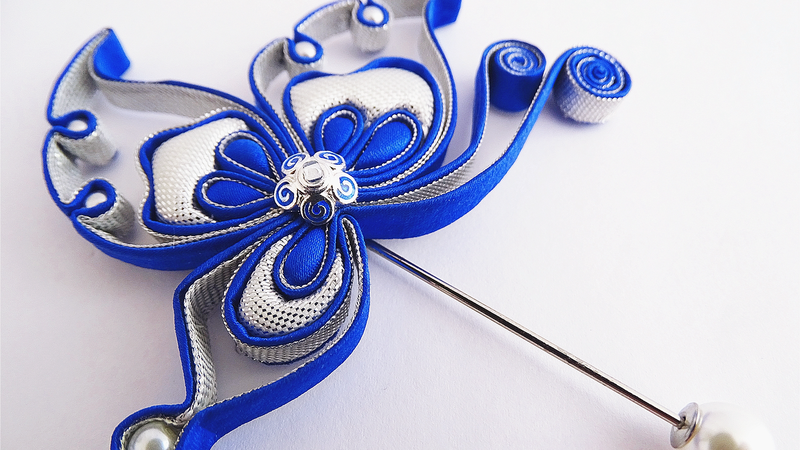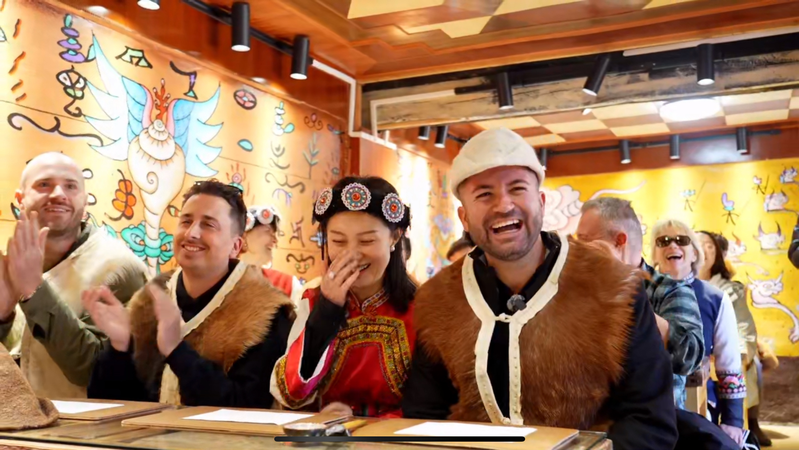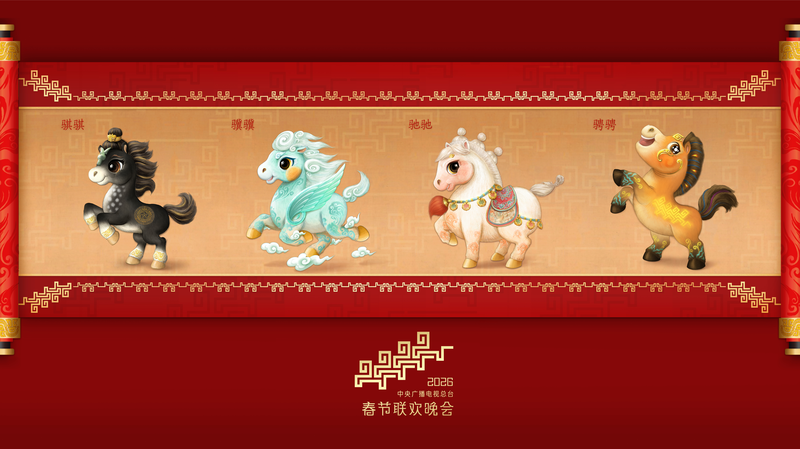From the catwalks of Shanghai to the streets of Paris, pankou frog buttons are stepping out of their traditional roles and into the spotlight as versatile fashion statements. Originally designed to fasten qipaos and cheongsams—iconic garments of the Chinese mainland—these intricately knotted closures have long been prized for their dual function: keeping plackets secure while adding a refined decorative touch.
In recent seasons, a more rigid subtype of pankou has ignited a creative revival. Beyond clothing, designers and artisans are transforming these elegant knots into brooches, necklaces, earrings, and other wearable art. By pairing vibrant silk cords with metals like brass and silver, they craft accessories that celebrate heritage while appealing to modern tastes.
But the transformation doesn’t stop at jewelry. In studios worldwide, artists are mounting pankou buttons on canvases, creating mixed-media paintings that fuse Eastern tradition with contemporary art. These pieces—often showcased in pop-up exhibitions and online galleries—invite viewers to explore the textures and stories woven into each knot.
This movement resonates with young global citizens and thought leaders alike, who value authenticity and cultural storytelling. For entrepreneurs and tech enthusiasts, the rise of pankou-inspired designs offers a case study in niche market potential. It’s a testament to how a single element of traditional craftsmanship can spark innovation across industries.
As travelers and digital nomads seek immersive experiences, workshops teaching the art of pankou knotting are popping up in creative hubs from Seoul to Los Angeles. Participants leave not only with handmade trinkets but also a deeper appreciation for Chinese heritage and its capacity to inspire fresh perspectives.
From fastening a dress to framing a work of art, the pankou frog button proves that tradition can be a springboard for innovation—one knot at a time.
Reference(s):
Beyond buttons: Traditional Chinese heritage shines in fashion arena
cgtn.com




